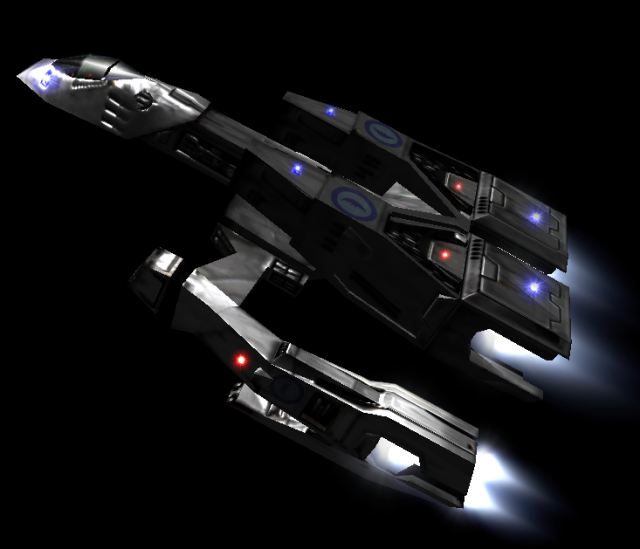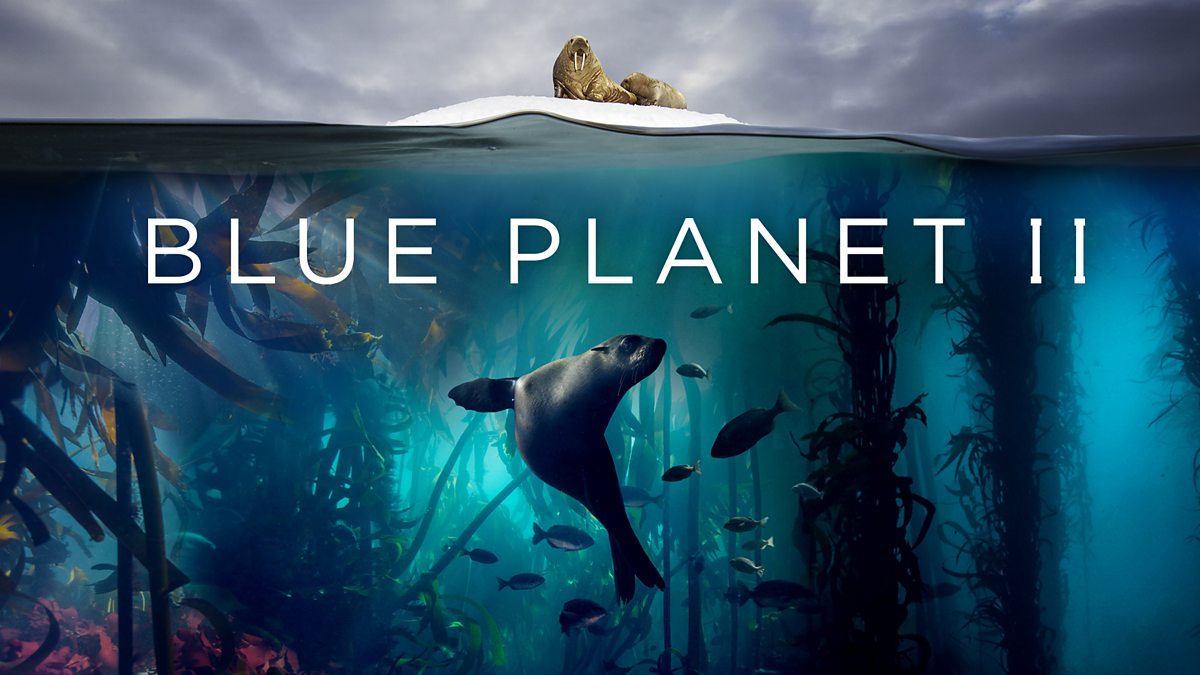


This transition zone has been dubbed the "Jovicline", partially after a term first invented by science fiction author Arthur C. (Image credit: NASA/JPL-Caltech/SwRI/MSSS/Kevin M. This illustration combines an image of Jupiter from JunoCam with a composite image of Earth to depict the size and depth of Jupiter's Great Red Spot. "It also is indication that the ammonia and water are being moved up and down," he added. "What we're seeing is that this storm's roots go down past the water clouds, past where sunlight penetrates," Bolton said, which is far different than at Earth where our atmosphere is affected by water, condensation and sunlight. "It flips somewhere near about 50 miles down," Bolton added, noting that is not too far below where water clouds are predicted to form in the atmosphere. Measuring the magnetic field has also been useful, because partway down the huge planet's gas envelope, hydrogen starts to behave like a fluid rather than as a gas, which influences the behavior of the greater atmosphere.Īnd a microwave instrument, "invented literally for this mission", is showing a weird inversion deep in at least one huge storm at Jupiter, where the temperature suddenly flips from warm to cold, Bolton said.


"Gravity represents one of the main techniques that we open up the planet and look inside." Juno's approach used gravity techniques to uncover the extent of the atmospheric belts and zones at the giant planet, which are detectable thousands of miles or kilometers below the cloud tops, Bolton said. The dominating result was learning that the Great Red Spot is far deeper than investigators thought, with the famous storm going as deep as 310 miles (500 kilometers) beneath Jupiter's cloud tops. But the new insight on deep atmospheric processes at Jupiter goes far beyond this single hurricane.


 0 kommentar(er)
0 kommentar(er)
